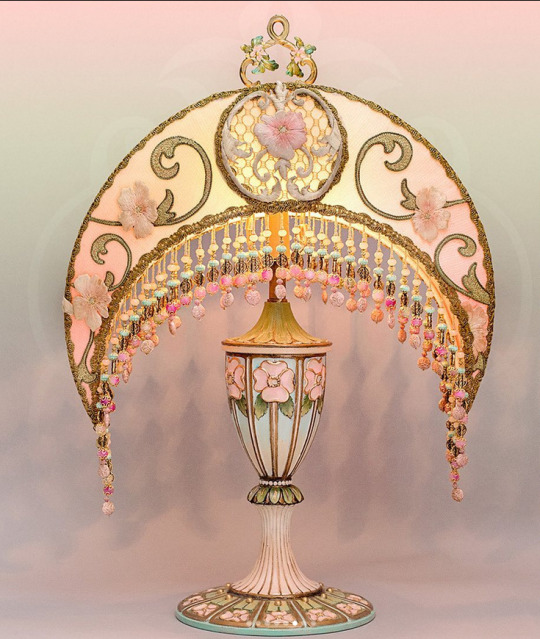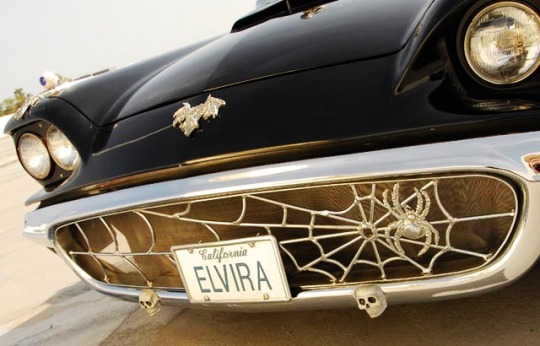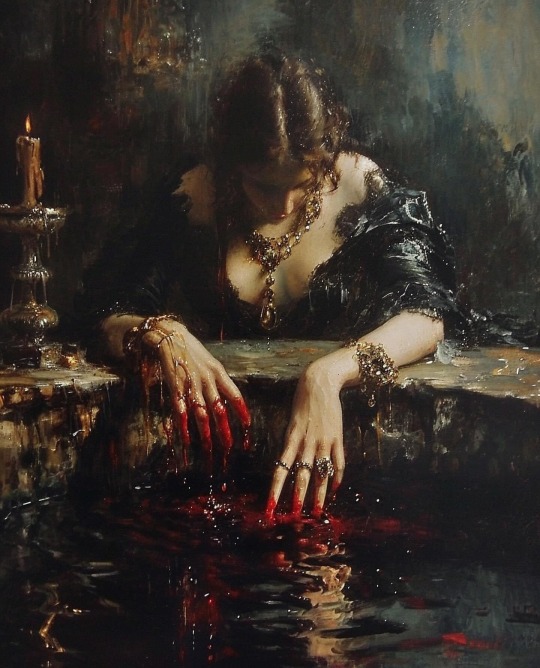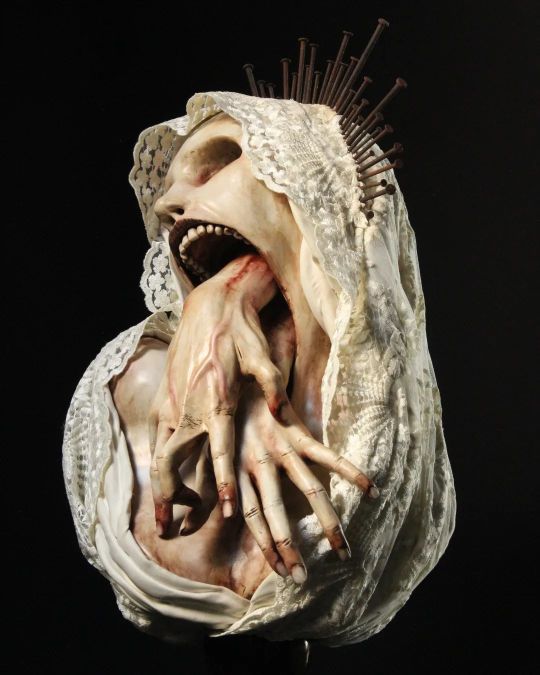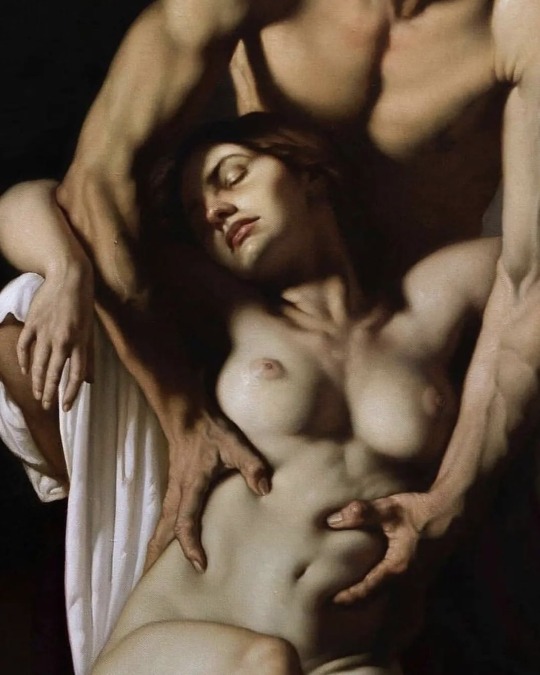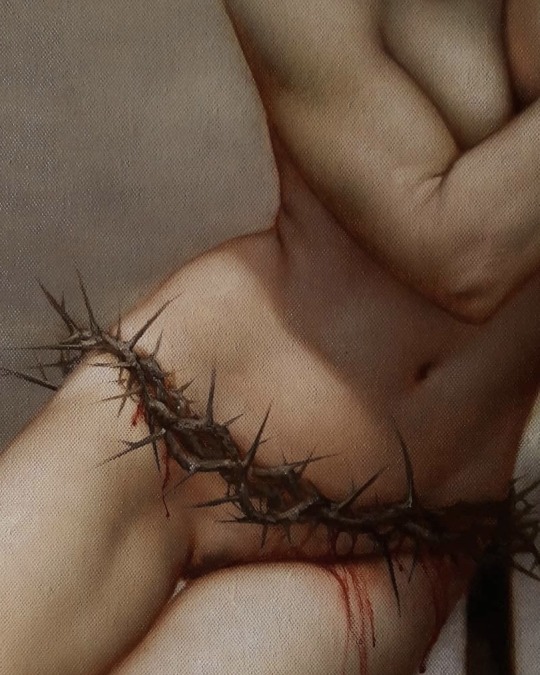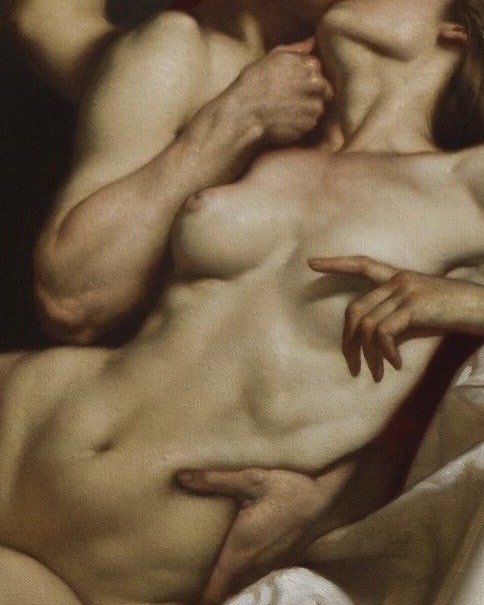Text

Sapho weeping before the sea, 1914 by Gabriel Ferrier (French, 1847--1914)
4K notes
·
View notes
Text
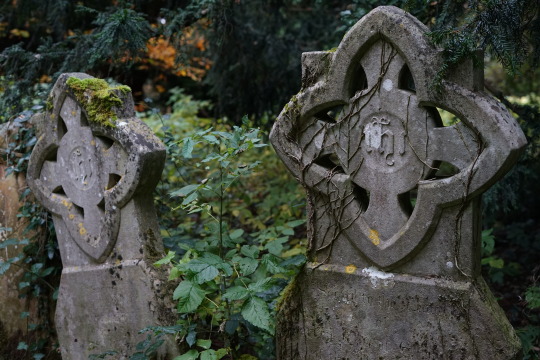
Close to you.
Denne Road Cemetery, Horsham, East Sussex
377 notes
·
View notes
Photo
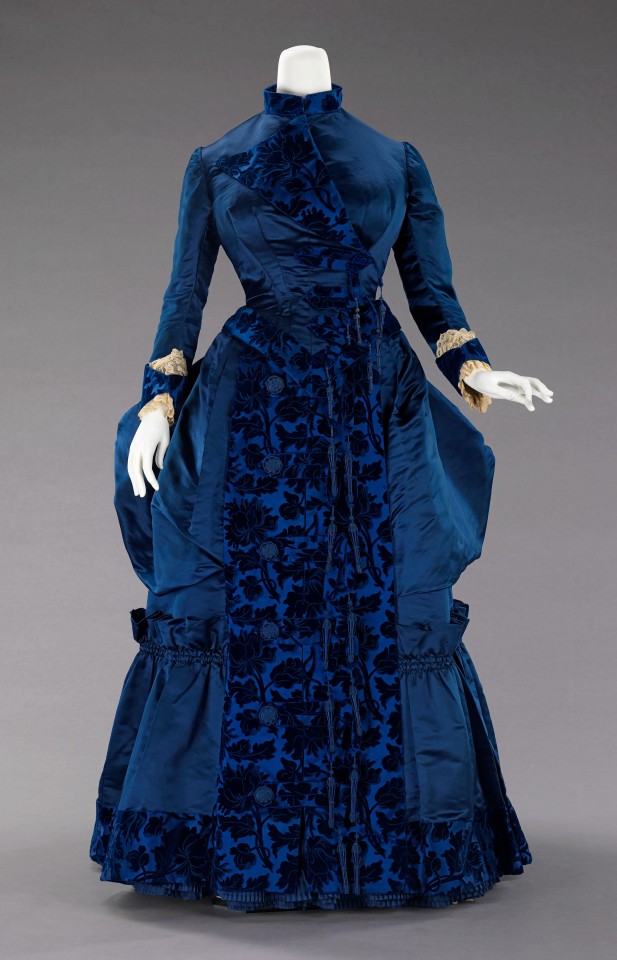
Afternoon dress. ca. 1885.
Credit line: Brooklyn Museum Costume Collection at The Metropolitan Museum of Art, Gift of the Brooklyn Museum, 2009; Gift of Lillian E. Glenn Peirce, 1948
https://www.metmuseum.org/art/collection/search/159241
169 notes
·
View notes
Text

Andrea Previtali - The Annunciation. Detail. 1508
1K notes
·
View notes
Text
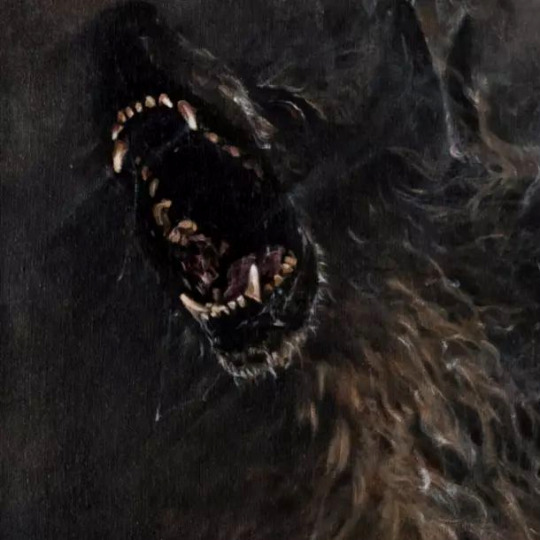
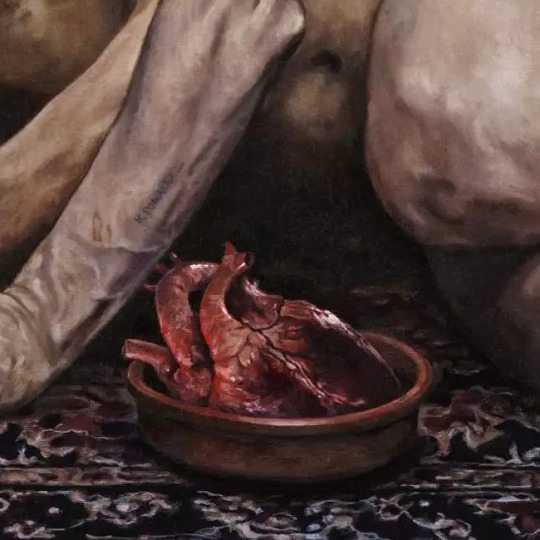

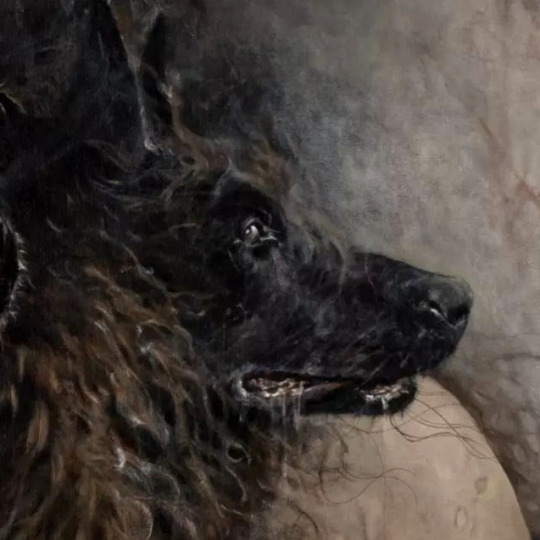

Wara! 2023 - oil on canvas
— Krzysztof Powałka (Polish, b.1985)
https://www.instagram.com/k.powalka_oilpaintings
23K notes
·
View notes
Text
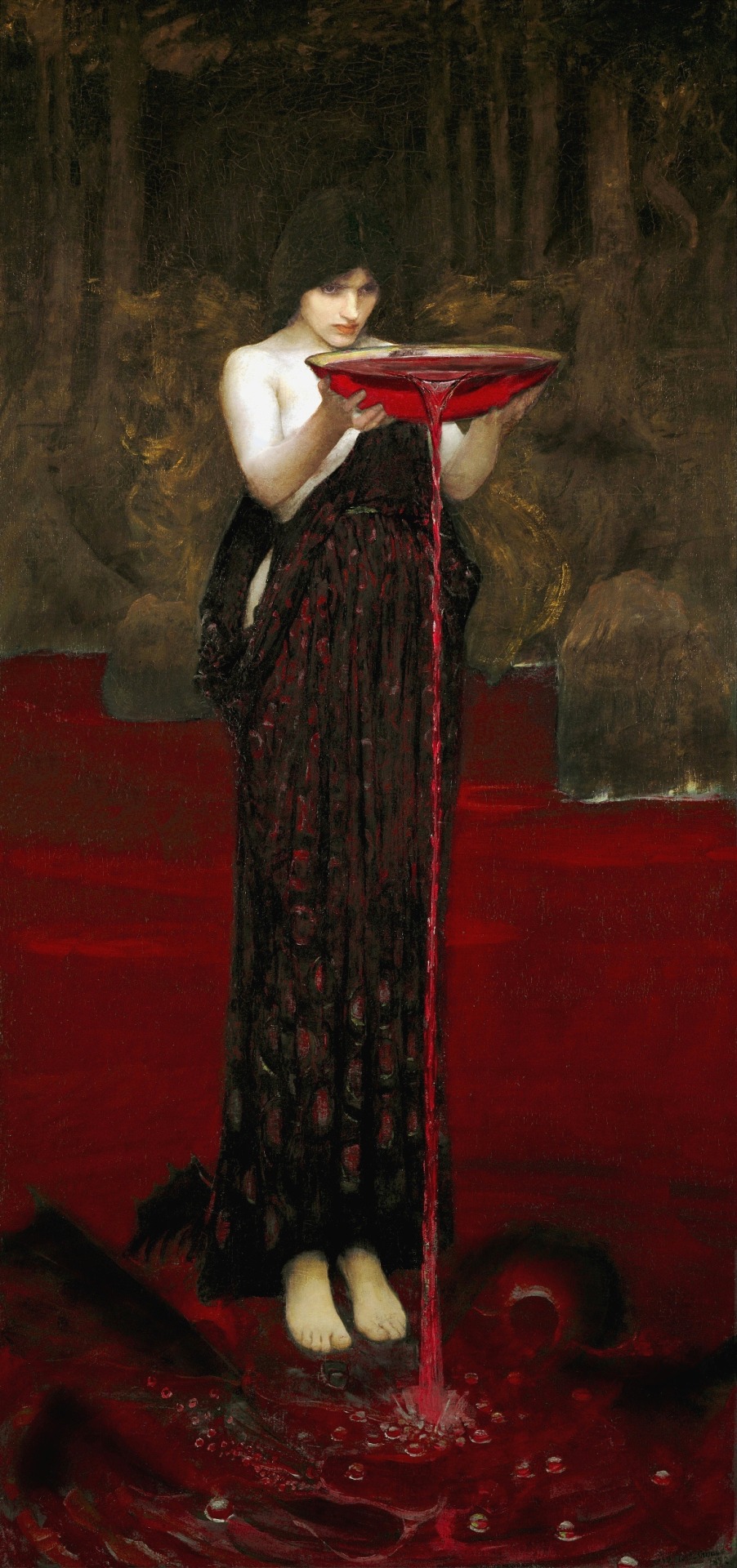
Circe Invidiosa (Red edit), 1892 - oil on canvas
— John William Waterhouse (English, 1849-1917)
20K notes
·
View notes
Text

• Tea Gown.
Place of origin: England
Date: 1895-1900
Medium: Silk velvet, embroidered with coloured silks
2K notes
·
View notes
Photo
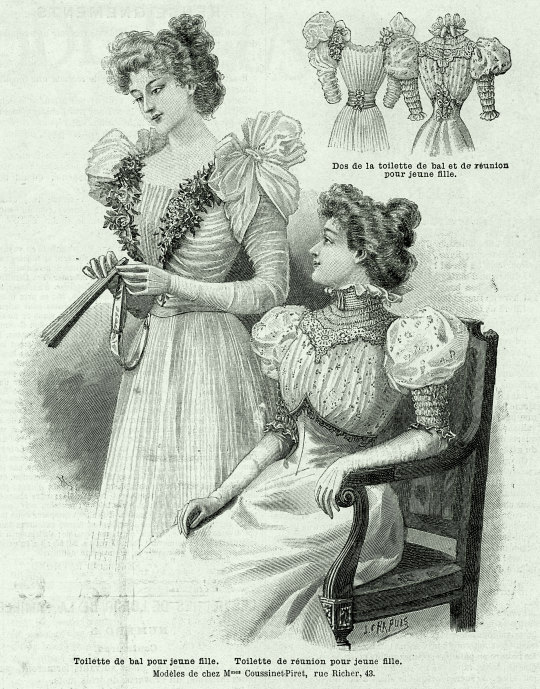
La Mode illustrée, no. 5, 31 janvier 1897, Paris. Toilette de bal pour jeune fille. Toilette de réunion pour jeune fille. Modèles de chez Mmes Coussinet-Piret, rue Richer, 43. Ville de Paris / Bibliothèque Forney
85 notes
·
View notes
Text

Equestrian Portrait of Charles I, King of England with Seignior de St Antoine painted by Anthony van Dyck (1599 - 1641)
138 notes
·
View notes
Text
Funeral Friday: Burke & Hare
In the 19th century the act of graverobbing was rampant, and with a monetary gain. Graverobbers, or resurrection men- would dig up bodies and sell them to medical schools. But it was more sought after for fresher bodies, and with the public being more alert to these dark dealings, the restrictionists took matters into their own hands.
William Burke and William Hare are two of the most infamous grave robbers to come out of this time. in Edinburgh, Scotland on November 29, 1827- while Hare was a keeper of a lodging house, an tenant passed away of natural causes. At the time of his passing, he owed Hare £4 as rent payment- to which after talking to Burke, his friend and other tenant, the two came up with an idea for the man to pay his dues from beyond the grave.
Before the funeral, the two would steal the body and weigh down the coffin with wood. Once the body was in their possession the two took it to Edinburgh University’s medical school, and sold it to the professor- Robert Knox for £7 and 10 shillings.
Despite their first victim dying on his own, their next was not as lucky. In 1828 when another tenant became sick, they decided to not wait around for him to pass. Instead they coaxed him with alcohol and once he was within grasp- the two restrained and suffocated him. This would become their method as it left no marks or sign of the murder. Unfortunately, it’s likely a total of 16 people perished by their hands, all lodgers staying under Hare. When the two bright this body in, Dr. Knox paid them £10.
It’s believed that the medical students, who had no knowledge of the disgusting acts of the duo- recognized a few of the bodies that showed up in their class. One of which was a well known local man by the name of James. Of course, Dr. Knox swiftly denied the identity of the man and quickly prepared the body for direction. At this point, gossip swirled of the two, but nothing was done quite yer.
Their much needed downfall wasn’t until October 31, 1828, when they killed Margaret Docherty. The two would hide her body under a pile of hay until they could take it to the doctor, but their secret would be seen by other lodgers and reported to the police, where her body would be found lying on the dissection room table.
In the aftermath Hare would be granted immunity if he turned on Burke and confessed to everything. This saved him from execution, But Burke was hung on January 28,1829. Dr. Knox was never charged with any crimes, though his public reputation was tarnished.
Sources: The Story of Burke and Hare- infamous grave-robbers and murderers in 19th century Edinburgh, William Burke and William Hare, The Story of Burke and Hare, Take a grisly tour of Edinburgh in the footsteps of its two famous body snatchers
0 notes

